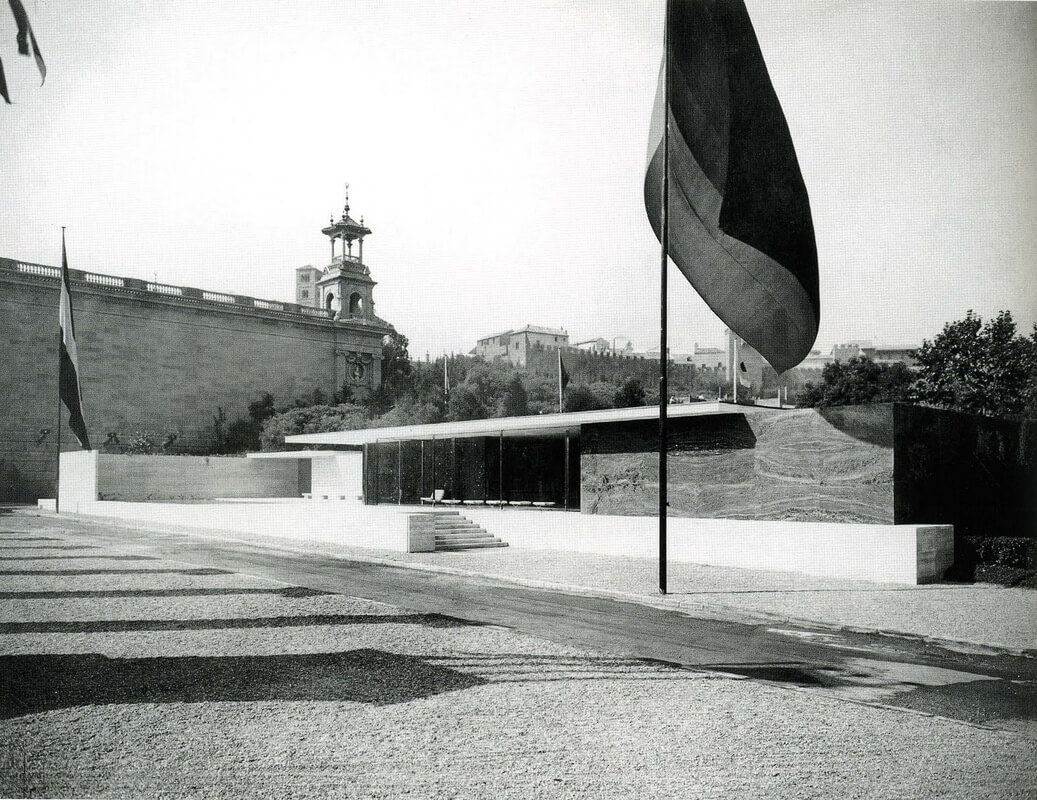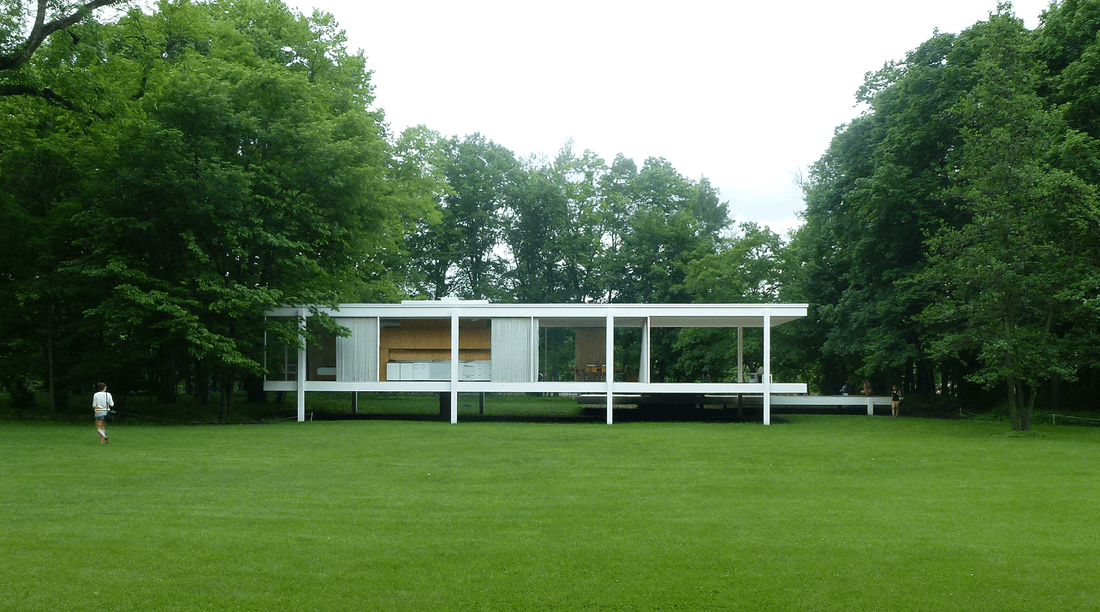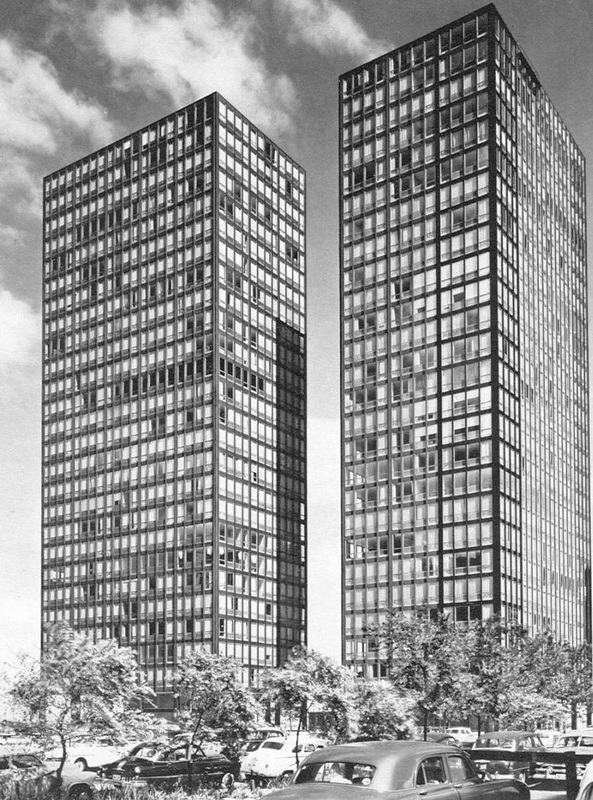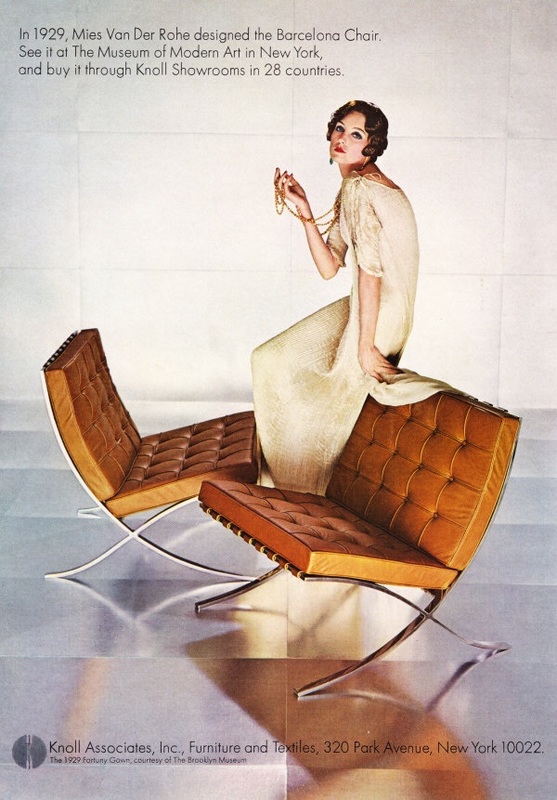He would have been 130 years old today, Ludwig Mies van der Rohe, who had changed the face of 20th-century architecture. “Architecture” he said was “the will of an epoch translated into space,” creating some of the century’s most magical and poetic landmarks. A member of the German avent-garde, and the Director of the Bauhaus (he had been the only one to sing a motion of support for the Hitler and National Socialism in 1934); Mies was responsible more than anyone else for the birth of the glass tower, when proposing a project for the Friedrichstrasse Skyscraper Competition in Berlin (1921), considered the archetype of the glass skyscraper (below). He was also responsible for initiating the most luxurious manifestations of modernist architecture, first conceived in the German Pavilion for the 1929 Barcelona Exposition (above), built in glass, metal, and stone, the materials which have since come to evoke modernism. When settling in Chicago in 1937, he substantiated the glass tower in the famed Lake Shore Drive Apartments and later in the Seagram Building, which he did with Philip Johnson with whom he had maintained an intense love-hate relationship since the two met in Germany in the early 30s; and of course the Farnsworth House, the ultimate glass box, completed in 1951.





